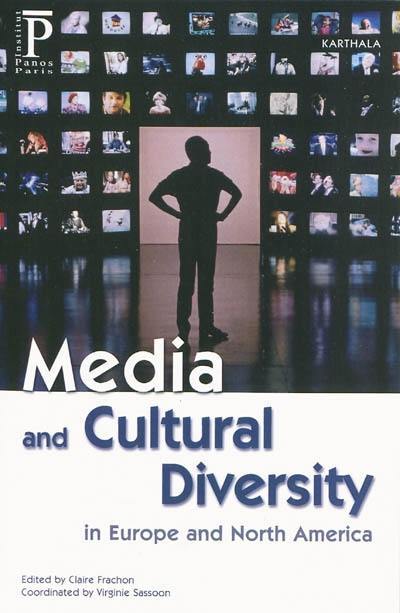
Paru le 09/11/2009 | Broché 160 pages
Public motivé
coordinated by Virginie Sassoon
How successfully are the media responding to the challenges of cultural diversity in countries such as France, Britain, Germany, the United States and Canada, each of which is home to large immigrant populations? What roles are played by public and private institutions and civil society at large? This study presents a state-of-the-art survey of what is known about the media and cultural diversity in key West European countries together with Canada and the US, and offers a forward-looking view of the complex relationship between the media, public opinion and institutional actors during the past 20 years.
Media policies and practices vary significantly between these countries. Compared with their British counterparts, for example, the media in France have been slow to embrace the nation's cultural diversity, though this has been changing in recent years. It was front-page news when, in July 2006, Martinican journalist Harry Roselmack became the first person of colour to anchor the main evening news bulletin on TF1, France's leading commercial television station. Roselmack's brief stint as a holiday stand-in for TF1's regular news anchor, Patrick Poivre d'Arvor, offered a striking contrast with the situation in Britain, where Trinidad-born Trevor MacDonald had recently retired after anchoring ITN's main evening news bulletin for well over a decade, establishing him as one of the best known and most trusted faces on British television.
Written by an international multi-disciplinary team of authors, this five-nation study draws on the work of researchers, journalists and activists in Europe and North America to explore the complex web of historical, institutional and other factors shaping media responses to cultural diversity. It offers a rich source of reference for media professionals, research centres, public and private institutions, voluntary associations and all of those interested in the challenges raised media representations of cultural diversity.
With the support of the Open Society Institute and the Winthrop-King Institute for Contemporary French & Francophone Studies